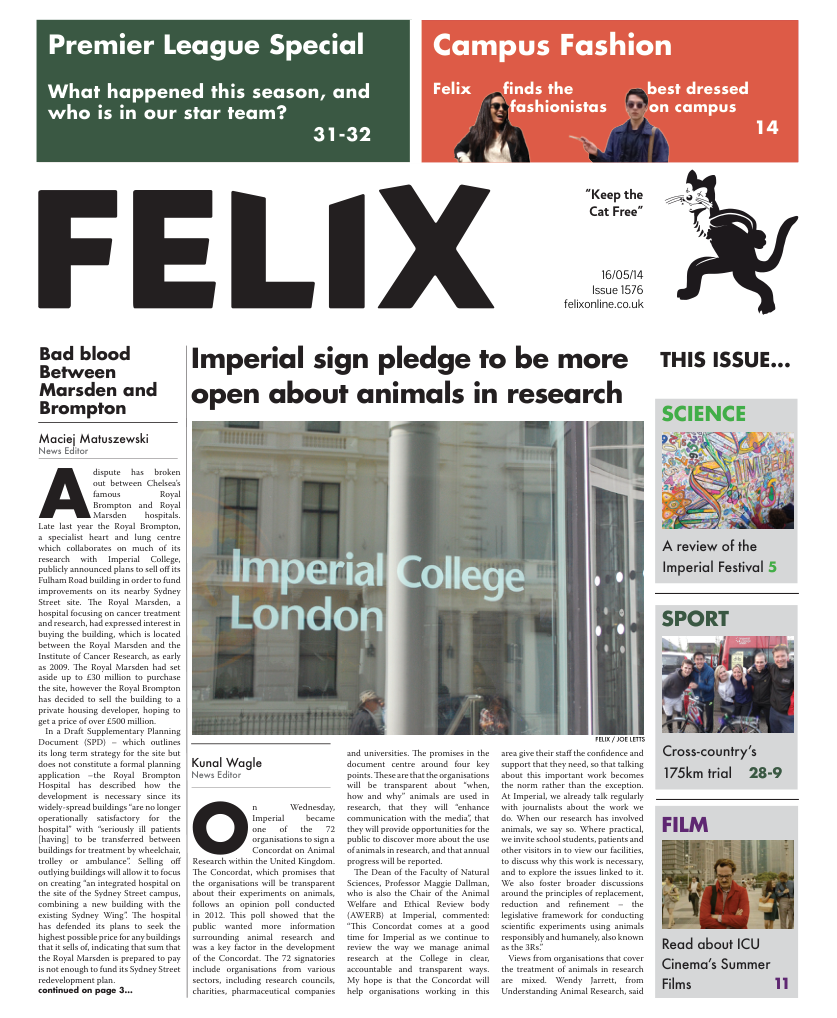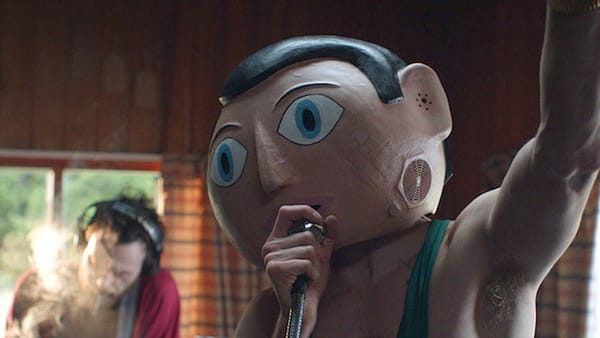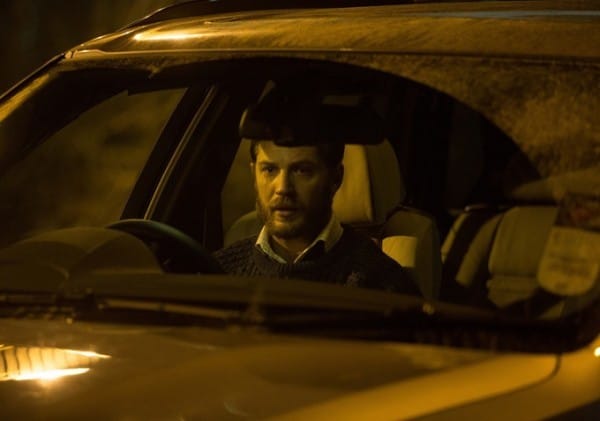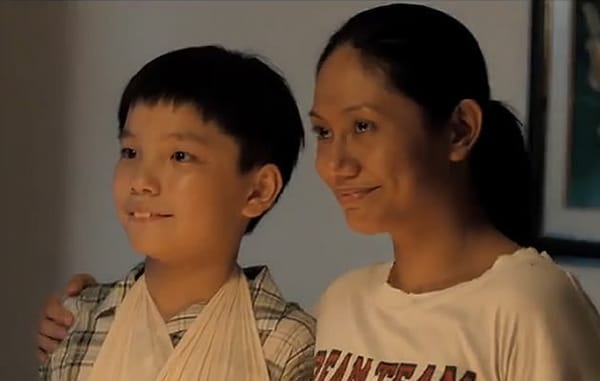Joanna Hogg’s masterpiece
The biography of British director Joanna Hogg is a strange one indeed: mentored by legendary avant-gardiste Derek Jarman during the 1970s, she won a scholarship to the National Film and Television School, where she took a chance on unknown actor Tilda Swinton for her graduate piece. And then?
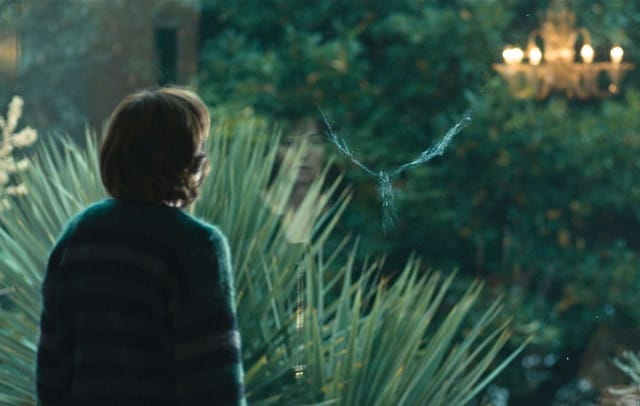
Exhibition
Director: Joanna Hogg
Writer: Joanna Hogg
Starring: Viv Albertine, Liam Gillick, Tom Hiddleston, Harry Kershaw, Mary Roscoe
Runtime: 104 minutes
Certification: 15
The biography of British director Joanna Hogg is a strange one indeed: mentored by legendary avant-gardiste Derek Jarman during the 1970s, she won a scholarship to the National Film and Television School, where she took a chance on unknown actor Tilda Swinton for her graduate piece. And then? Twenty years of relative obscurity spent directing episodes of TV series, and TV-movies. If the story ended here, it would be little surprise - after all, many creative people are never given the opportunity to realise their visions. But in 2008, exactly two decades after graduating, Hogg released her first feature length film _Unrelated _to rave acclaim; seemingly coming from nowhere, here was a director with a completely formed style, a direct successor to Eric Rohmer. Her next film, Archipelago, released in 2010, only served to further her formidable reputation, and this year sees the release of her Exhibition, which could be her most accomplished film to date.
Exhibition revolves around the artist couple of D (Viv Albertine) and H (Liam Gillick), as they prepare to move out of the home they have shared for the last 18 years; while this could easily be the whole raison d’etre of the film, in Exhibition the stresses that the move brings are just the tip of an iceberg of insecurities and doubts that lie at the core of the relationship. D is becoming increasingly unsure of her work, which mainly comprises performance art. Refusing the advice her husband offers to give her, she spends much of her days alone in her studio, obsessively trying to recreate Bernini’s sculpture The Ecstasy of Saint Theresa with herself as the main subject - Renaissance meets Cindy Sherman. From the solitude of her red-walled room she can hear her husband moving around upstairs; with the house acting as a kind of giant amplification device, every little creak and moan shatters the silence, forming an air of constant menace.
The couple are trapped in the modernist bubble of their palatial house; all plate glass and white walls, it is a paragon of what French architect Le Corbusier called ‘a machine for living’. Hogg places the audience in the role of the voyeur, and herself takes the part of a scientist, meticulously examining the trappings of their artistic life through a camera-come-microscope. As with Unrelated and Archipelago, Hogg dissects a very particular strain of the British upper-middle class, revealing their insecurities, their neuroses, their weaknesses; however, Hogg never paints a malicious picture, and Exhibition is as far from a satire as you can get. The couple are never shown in a bad light, nor in a good one - they are simply shown. This simple reversal of expectations is a key concept in Hogg’s films, which - through slow, languorous shots - reveal to us what has been there all along.
While the couple are cut off from the outside world - something that Hogg makes clear through a running theme of off-centre shots, with characters seen through windows, obscured by blinds, and from behind - they are also cut off from each other. Throughout the film they are mostly separate. They spend most of their time alone in their respective studios, and have set up an intercom system so that they can minimise face-to-face interaction, speaking of a love that is never expressed in person.
They are not only cut off emotionally, but sexually too. D consistently rebuffs H’s advances, and when she finally relents she just lays there, corpse-like, until H is forced to admit defeat. Later on she places on a pair of stilettos, and furiously masturbates alone while her husband slumbers next to her. In another scene, alone in her studio, she masturbates again using a corner of her stool. Hogg has stated her interest in Objectum-Sexuality, the sexual attraction to objects, and this is clearly something that feeds into the film. For D the house is much more than a mere object. We are presented with a series of shots of her hugging the contours of the house, as if she to become one with it - is it part of her performance art, or does this reveal something else about the nature of their relationship? Hogg isn’t telling.
In many ways the film revolves more around what is missing, as opposed to what is present. The most obvious example is children; the couple, both of whom are in their 50s, are childless, a sore spot which is emphasised by shots of youth cycling past, and their neighbour’s tactless chatter about how their house is not right for children. Hogg presents the idea of children as both a missed opportunity for the couple, but also a threat, hovering omnipresent over their lives. Similarly, their decision to sell the house, to pack up and move, is never explained. Money is only ever mentioned in the most oblique fashion, and the couple seem to have invested so much emotionally in the house that it seems incredibly unusual for them to leave.
Then there is the issue of D’s mental health; clearly affected by some kind of traumatic incident in the past, she seems to have developed both agoraphobia, and an crippling fear of her husband leaving the house. Hogg gives no concession to the viewer, and - as D’s grasp on reality seems to slip - it becomes more and more difficult to tell what is real and what is not. At one point we enter a dream sequence of D’s, in which she leaves the house to deliver a talk; what follows is a Lynchian nightmare: 10 minutes of unsettling scenes, which for me spilled over into sheer horror.
The characters seem to be in constant internal agony; they are in agony when they have dinner with their neighbours, and D fakes a fainting spell in order to leave; they are in agony when together, consumed with resentment; and they are in agony most of all when alone, facing their solitary torment. Hogg creates an atmosphere of unrelenting tension, and manages to keep the film at what seems like constant emotional breaking point.
While I could wax lyrical about this film for many more pages (I can totally see the film forming the basis of numerous essays on British cinema in the years to come), I will instead briefly mention a couple more things that make this film unique: firstly, there is the sound design. Working with long-time collaborator Jovan Ajder, Hogg makes use of a middle distance recording system. It is as if we are listening to the characters through a bell jar, or underwater, further highlighting the running theme of isolation and observation. The sound effects used are pitch-perfect, and Hogg & Ajder are meticulous in their attention to detail. The other feature of note is Hogg’s decision to use non-professional actors for the parts of H (Gillick is a conceptual artist) and D (Albertine is best known as the guitarist for all-female band The Slits); despite their lack of formal training, both actors bring an extreme realism to their roles, amplifying the emotional power of the film.
It seems somewhat strange to use the word auteur to describe Hogg; how could that most French of words wrap itself around what is a singularly British approach to cinema? But truly no other word will do. Along with other luminaries such as Steve McQueen and Clio Barnard, Hogg form the nucleus of a new wave of British film making. With her eye for detail, and relentless control over her vision, Hogg is an auteur in the truest sense, and Exhibition is no less than a masterpiece


